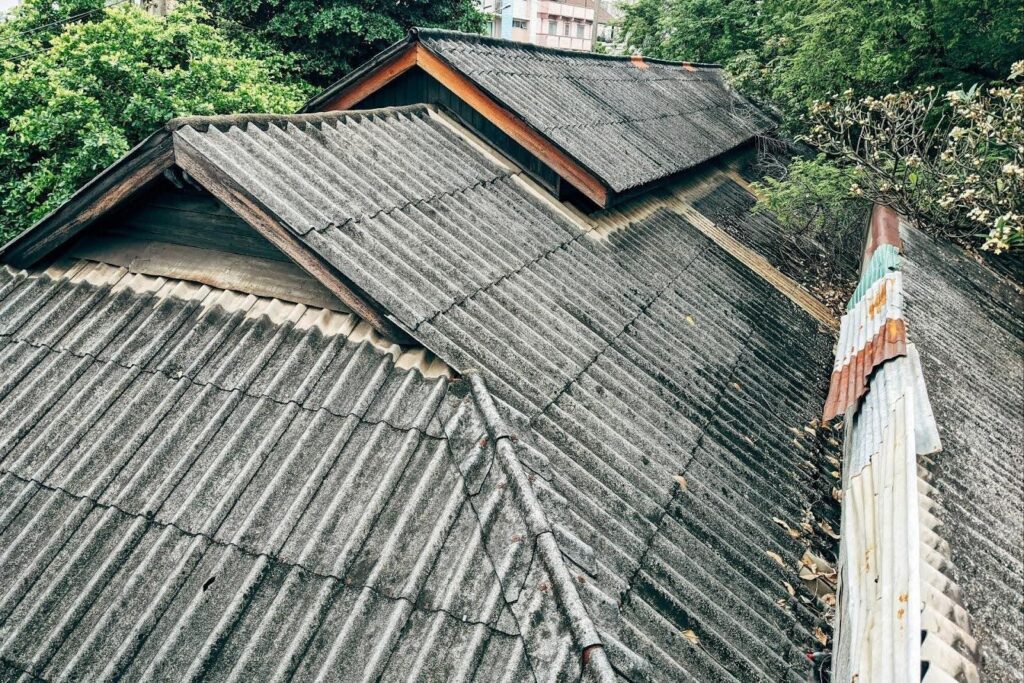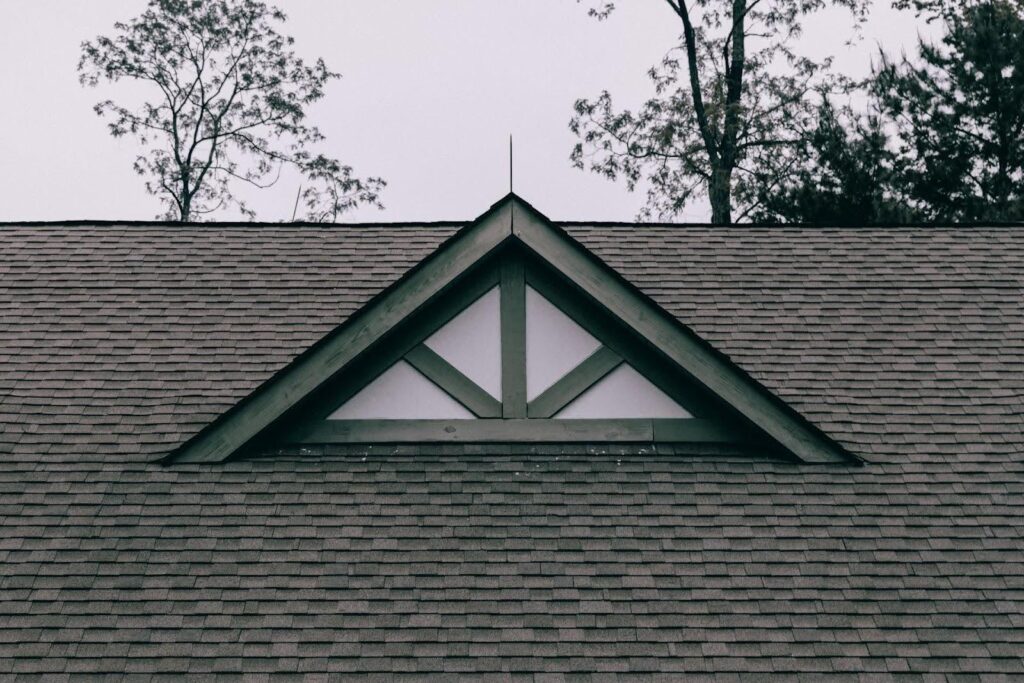Many homeowners often attribute high energy bills to issues in their windows or insulation, but overlook the significant impact their roof has on overall energy use at home.
Poorly maintained roofs can leak air, trap heat, or allow warmth to escape, wasting energy and increasing utility costs. That’s why getting a roof inspection is one of the smartest steps you can take to keep your home’s energy expenses under control.
In this article, we’ll walk you through what energy efficiency is, how your roof impacts energy efficiency in the home, and how you can save more energy.
What Is Energy Efficiency?
Energy efficiency is about creating a comfortable home while using the least amount of energy possible. An efficient home maintains steady temperatures without relying heavily on heating or cooling systems. The result is lower utility bills, improved comfort, and less environmental impact from wasted energy.
Your roof plays a crucial role in this process. The materials, insulation, ventilation, and overall condition of your roof all work together to determine how effectively your home holds in warmth during winter and blocks out excess heat in summer.
5 Key Ways Your Roof Impacts Energy Efficiency
The roof does far more than shield your home from outdoor conditions; it affects how much energy your household uses. Here are five key ways your roof influences energy efficiency:
1. Roofing Materials
Various types of roofing materials have a distinct impact on the amount of energy required to heat a home. Dark shingles tend to absorb heat, which can raise indoor temperatures and increase cooling costs in the summer.
By contrast, reflective or light-colored shingles help keep your home cooler. More energy-efficient materials, such as cool roofs, metal roofing, or solar shingles, come with higher upfront costs; however, they typically pay off in the long run through lower utility bills and longer lifespans.
2. Insulation and Underlayment
A well-insulated roof regulates heat escape during the winter and heat excess during the summer. Underlayment, the protective layer installed beneath shingles, adds another barrier to help regulate temperatures.
If you experience drafty rooms, uneven heating or cooling, or climbing energy bills, it could be a sign that your roof insulation and underlayment aren’t doing their job. Upgrading insulation or replacing worn-out underlayment can significantly improve energy efficiency.
3. Ventilation
Ventilation is often overlooked, but it plays a significant role in energy efficiency. Proper attic airflow prevents hot air from becoming trapped in the summer and reduces moisture buildup in the winter. Without it, your cooling system has to work harder, which raises energy costs and shortens the roof’s lifespan.
To keep your roof healthier while lowering your home’s utility bills, balance ventilation through ridge vents, soffit vents, or attic fans helps keep your roof
4. Roof Condition and Maintenance
Even the best roofing materials can’t perform if the roof is in poor condition. Missing shingles, minor leaks, or gaps allow energy to escape, leaving your HVAC systems with more work.
Regular maintenance and timely inspections help detect these issues early, before they become expensive problems. They also help extend the lifespan of your roof and ensure your home remains energy-efficient over time.
5. Moisture Control and Weatherproofing
Moisture acts as a threat to the roof’s performance. Once water seeps in, it can soak insulation, weaken the layers beneath, and even leave your home feeling drafty. And all of these result in wasted energy and increased energy bills.
The best defense is simple; keep flashing, joints, and barriers in good shape so rain and snow can’t sneak through. When your roof stays dry, your insulation works as it should, your HVAC has less work to do, and your home feels consistently comfortable.
Signs Your Roof May Be Hurting Energy Efficiency

Roofing issues aren’t always visible. Most of the time, minor problems quietly add up to wasted energy, higher utility bills, and less comfort in your home. Here are some common signs your roof may be working against your efficiency goals:
- Rising energy bills: When your household habits stay the same but utility costs keep going up, it could mean your roof is allowing heat or cool air to escape.
- Drafts or inconsistent room temperatures: Uneven heating and cooling in your home could be a sign of gaps in insulation or roof leaks.
- A hot attic in summer or ice dams in winter: Both are signs of poor ventilation or insulation issues.
- Visible roof damage: Curling shingles, missing flashing, or water stains on ceilings can all undermine energy efficiency.
Practical Steps to Improve Roof Energy Efficiency
Improving your roof’s efficiency doesn’t always mean a complete overhaul. With a few smart upgrades and consistent care, you can keep energy costs minimal and extend the life of your roof. Here are some practical steps you can take:
- When it’s time to replace your roof, consider upgrading to energy-efficient materials, such as reflective shingles, metal roofing, or solar shingles, which effectively reduce heating and cooling demands.
- Add attic insulation and ensure balanced ventilation. This combination maintains steady indoor temperatures and eases the workload on your HVAC system.
- Schedule professional roof inspections regularly to catch small problems before they become major energy drains.
- Combine roof improvements with whole-home efficiency practices such as sealing windows, maintaining appliances, and switching to energy-efficient lighting.
The Smartest Step You Can Take for a More Energy-Efficient Roof
A well-maintained roof does more than shield your home from harsh weather conditions. It contributes to comfort, energy efficiency, and long-term savings by maintaining steady temperatures and reducing your dependence on cooling and heating systems.
The smartest step you can take is to act early. Ensure you address minor problems before they spread and schedule regular roof inspections with trusted professionals. Staying proactive protects your home, lowers utility bills, and ensures you enjoy the benefits of an energy-efficient living space year-round.

